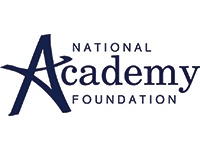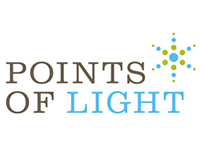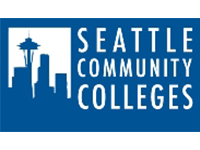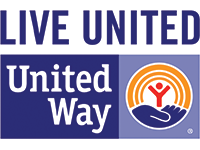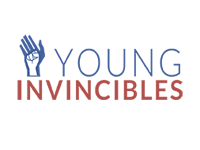Fostering Greater Opportunity In Maryland
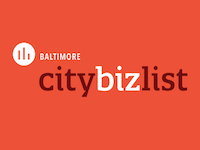 •
•
Greg Schuckman ‘14, Commissioner, Maryland Higher Education Commission
In October, a bipartisan national coalition called Opportunity Nation (that is supported by the Annie E. Casey Foundation) released its 4th annual Opportunity Index, “a composite measure for all 50 states and over 2,600 counties of 16 key economic, educational and civic factors that expand or restrict upward mobility for Americans.” Maryland ranked 9th in the Nation, the highest among all Southern states (Virginia ranked 16th). With respect to postsecondary attainment, 43.2% of Marylanders who are 25 and older hold an Associates Degree or higher, more than 6 percentage points above the national average. Experts know that holding a postsecondary credential affords the greatest opportunity for upward economic mobility, among other societal benefits. But when you dig further into the data and examine Maryland’s opportunity scores by county (as well as Baltimore City), a different picture emerges, one that I saw during my year with Leadership Maryland.
At the county level, the Opportunity Index assigns letter grades and as you might expect, Maryland has a decidedly mixed performance. In Howard County where I live, we earned one of only five ‘A’s’ nationwide and was the only ‘A’ county in Maryland. At the other end of the scale is Somerset County, a county on the Eastern Shore that has less than one-tenth the population of Howard County and is significantly more economically depressed. Somerset County has twice the unemployment rate of Howard and nearly five times as many people living in poverty than Howard. In fact, more than one in five residents in Somerset County lives in poverty.
One statistic that stood out to me is the difference in post secondary attainment in these two counties. Howard County has 65.3% of its residents who are 25 and older with an Associates degree or higher; Somerset County has only 20.3%. Another statistic of note was the percent of youth (16-24) who were not in school and not working. In Howard County, that number is 7.58%. In Somerset County, that number is doubled – 15.45%. The bottom line is that education matters.
On the Eastern Shore, its 9 counties earned grades from a ‘B’ (Talbot County) to a D+ (Somerset County). Of the 9 counties, however, only 2 counties showed improvement from 2011 (Talbot and Kent) while 4 counties (Worcester, Dorchester, Caroline, and Queen Anne’s) received lower grades than 2011. Not one county on the Eastern Shore had postsecondary attainment rates above Maryland’s average.
What Leadership Maryland taught me about our state during our sessions in each of Maryland’s five regions was put into greater perspective by what the Opportunity Index revealed in tables and graphs. Statistics can paint a picture, but without acting on them in a strategic way – in a bipartisan way ¬– meaningful change is unlikely to occur. With Governor-elect Hogan pledging to examine the challenges that face all Marylanders, he has a wonderful opportunity to convene an ‘Opportunity Summit’ early next year that would delve into these numbers and attempt to craft solutions that address the systemic poverty and economic disenfranchisement that too many Marylanders face.
Read more at citybizlist



